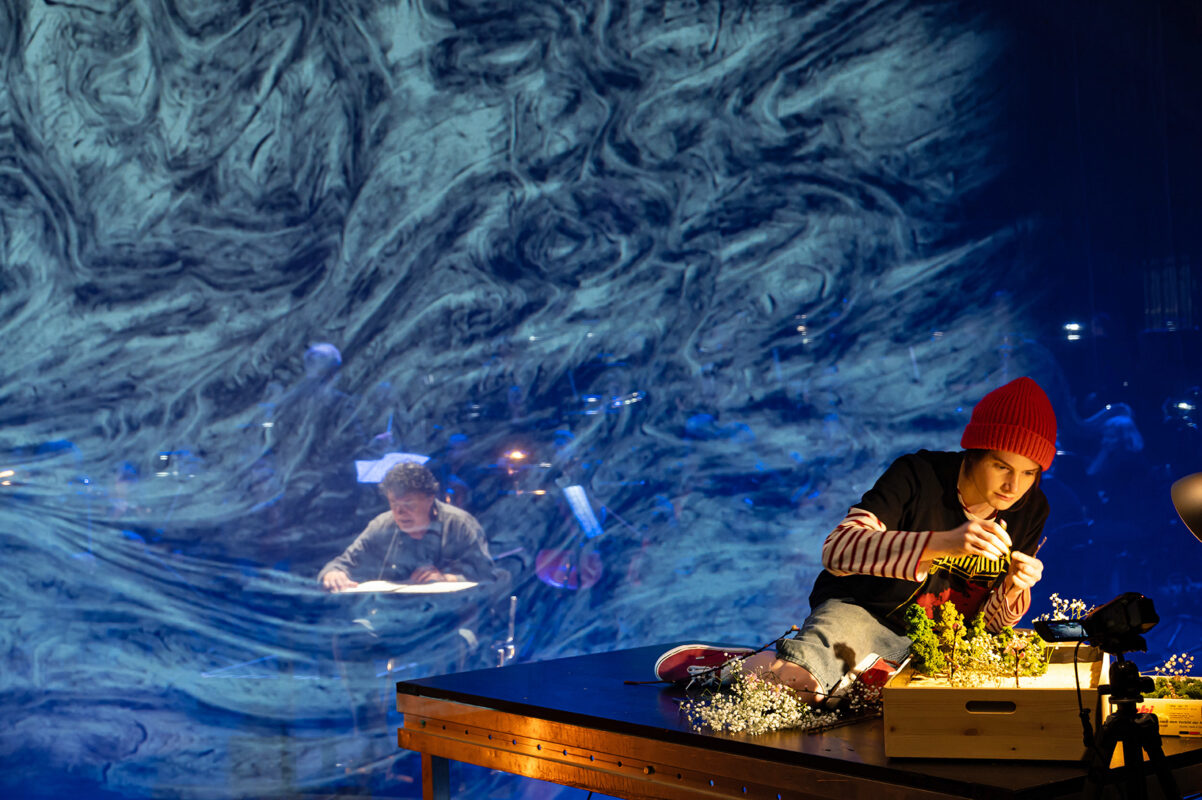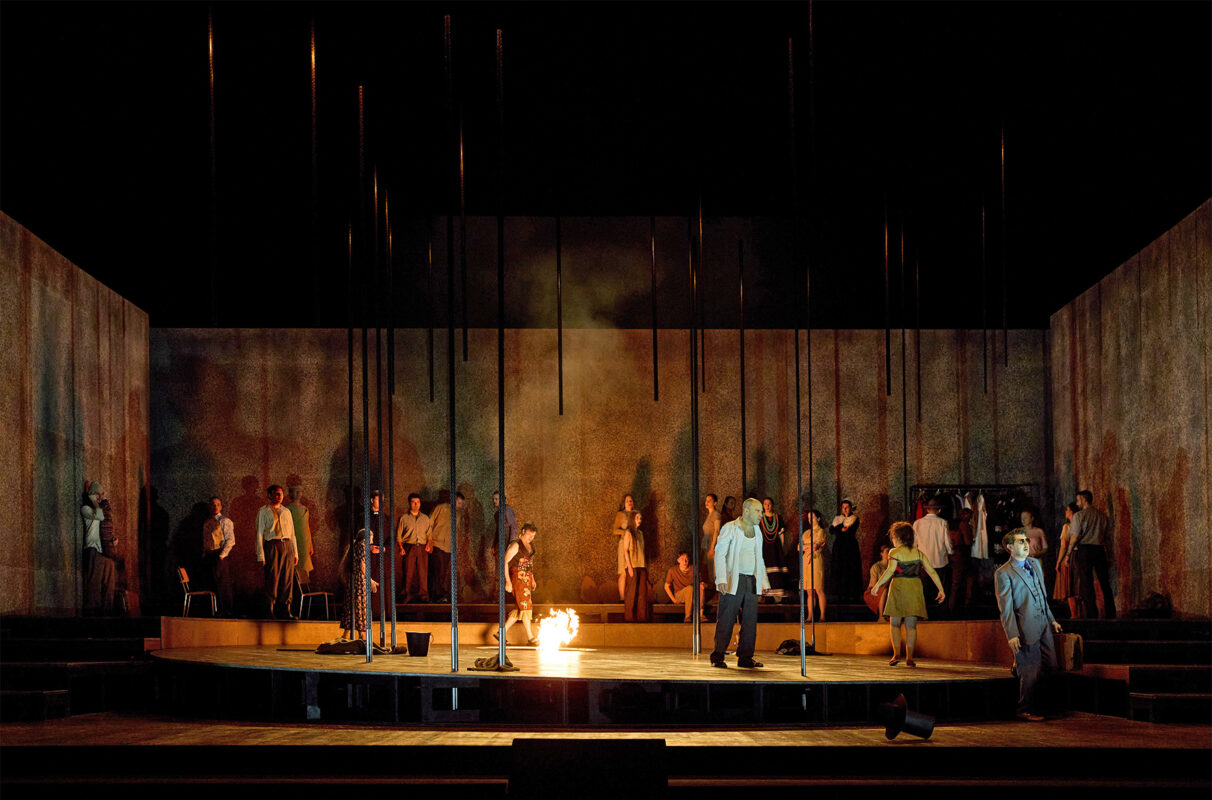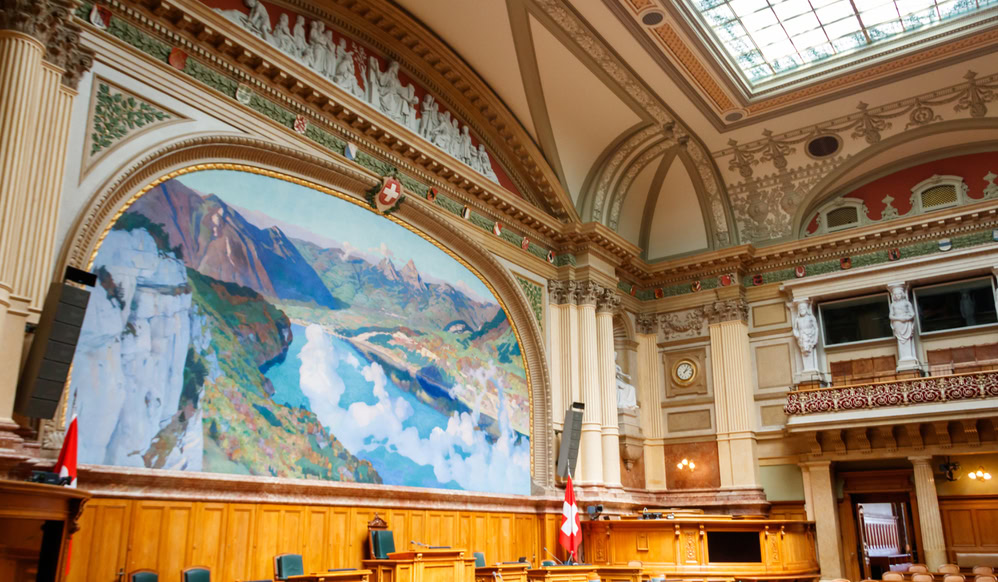Magical and individual time layering
A symposium and a concert at the Zurich University of the Arts showcased Gérard Grisey as one of the most important figures in 20th century music history.
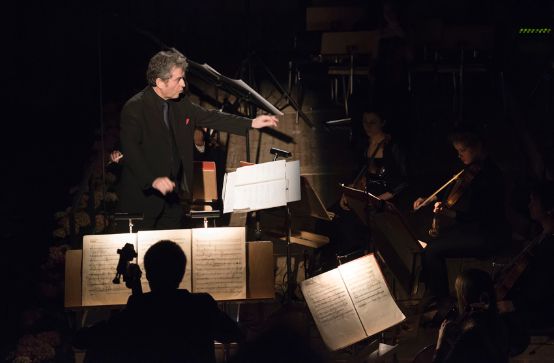
How can the most complex compositional thinking and sensory levels of perception be united - opera d'arte or grandiose, multi-layered construction? At the small, high-caliber international symposium Perspectives on the music of Gérard Grisey at the Zurich University of the Arts (ZHdK), curated and moderated by Jörn Peter Hiekel, experts presented their latest research findings on April 22, rounded off by a discussion with the composer Gérard Zinsstag.
Together with Tristan Murail, Hugues Dufourt, Michaël Levinas and Roger Tessier, Gérard Grisey was a co-founder of the lʼItinéraire group, which turned away from the prevailing serialism and propagated so-called spectralism as a form of compositional thinking based on sound and its implicit overtones.
-
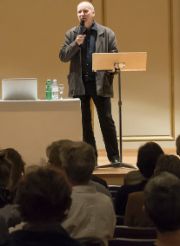
- Photo: Priska Ketterer
- Jörn Peter Hiekel
In a dense introduction that explored these connections, Jörn Peter Hiekel pointed out Grisey's distinctiveness and originality, thereby demonstrating that Grisey can by no means be regarded as a mere episode in music history. Lukas Haselböck (Vienna), who has made a name for himself as a Grisey expert not least through his authoritative monograph from 2009, used individual works to demonstrate that Grisey cannot be reduced to spectral composing alone, but is also fascinating in terms of sound and meaning horizons. He explained the term "musique liminal" favored by Grisey, which can be used to capture the fact that in Grisey's work one type of perception always merges into another.
Ingrid Pustijanac (Cremona) showed how Grisey, in the course of his work on Les espaces acoustiques developed a complex system for controlling the temporal and harmonic dimensions, which she demonstrated with numerous audio examples. The lecture ended with the conclusion that the tonal experience nevertheless always takes precedence over structural thinking.
Lars Heusser (Basel/Zurich) then documented a seminar project at the ZHdK, which he placed under the motto "il est donc temps de rendre la complexité efficace" and in which the point is that in Grisey's work the constant relationship between microcosm and macrocosm reflects a high degree of congruence between conception and perception. Heusser demonstrated this on the basis of the works, Dʼeau et de pierre (1972), Vagues, chemins, le souffle (1970-72), and Charmes (1996): Various conceptual parameters were graphically represented, resulting in monochrome parallel symmetrical grids.
In a conversation sensitively moderated by Felix Baumann with Gérard Zinsstag, Grisey's composer friend and companion in the Itinéraire, the "trinity" of Grisey's role models - Messiaen, Ligeti and Stockhausen - was discussed, but Giacinto Scelsi and Salvatore Sciarrino were also mentioned as important sources of inspiration. Zinsstag also gave a very personal account of how their friendship deepened in Berlin in the late 1970s after an initial meeting in Darmstadt, as well as everyday experiences during working stays together in an old house in Graubünden. The result is a very detailed picture of Gérard Grisey the man.
On the basis of the emphatically presented observations and discussions, the symposium succeeded in making Grisey's significance as one of the most important personalities in 20th century music history visible and in showing that his compositional strategies reach far beyond the anchoring of new parameters and extend to a successful fusion of the conceptual side with deeper layers of meaning as well as with a very own sense of time.
Sprawling sounds
Grisey's impressive work was heard in the subsequent concert in the well-filled large hall of the Tonhalle Les Espaces acoustiques - and for the first time interpreted in its entirety by an all-university orchestra, conducted by Grisey expert Pierre-André Valade. The six-movement work, composed between 1974 and 1985, which gradually expands from seven musicians to a large orchestra, was given a prologue for viola solo by Grisey in 1976. It was masterfully performed by the young Esther Fritzsche. In the following movements Périodes (1974), Partiels (1975) and Modulations (1976/77), one could clearly hear the intended joint, breathing oscillation within a fluctuating playing space as well as a pure musical tiling. The string section was particularly impressive, especially the skillfully interpreted double bass solo, which, in the increasing density and intensity of the overtone spectrum distributed across all the instruments, repeatedly returns expressively to the humming low bass note as the nucleus of the proliferating sounds.
-

- Photo: Priska Ketterer
- Violist Esther Fritzsche plays the "Prologue"
In the following two orchestral movements Transitoires (1980-81) and Epilogue (1985), the material of the prologue is further alienated and broken up, in Epilogue taken up again by the solo horns. In Grisey's words, "an individual, discursive time of language is added to the collective and magical time of the cosmos".
The structure of the six movements was excitingly staged in a dramaturgically designed light show. The enchanting viola solo at the beginning was illuminated solely by small lights on the soloist's music stand. The musicians in the first movements were grouped in a tight circle around the conductor. The following small movements were played in an intimate circle, also solely in the light of illuminated music stands. In the orchestral movements, the orchestra then shone in a full blaze of light, the echo of the viola solo sounded at the end as a distant reminiscence this time from an upper gallery, ending in a dark reverberation with a strong cone of light only on the middle percussionist positioned at the back.
The ZHdK students mastered the highly complex work with bravura. The enthusiastic audience thanked them with frenetic applause. With this performance, the ZHdK succeeded in presenting an epochal work of modern music history to a wide audience in a highly impressive way.






